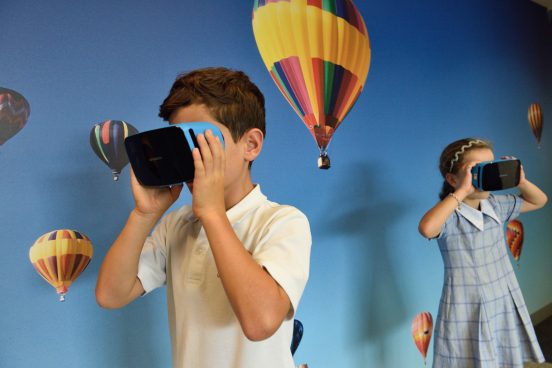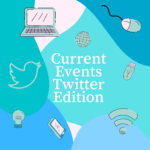Today is our last EDCI 336 class! I can’t believe the semester is coming to an end already. Similar to last week, we continued our tech presentations. Topics explored included:
- Environmental awareness through the technological lens
- Interactive and digital games can be used to promote environmental awareness: Eg. Geocaching, Oil God, Profit Seed. In these games, learning about the environment is not at the forefront/spotlight, but rather occurs in the background as students are playing and exploring
- Virtual reality applications can be used to emulate a real life field trip/experience without leaving the classroom. Example: Trash Rage, a VR survival game which explores human impact on the environment
- Google Cardboard is an a great affordable alternative to Occulus Rift for VR equipment in the classroom
- Social Media avenues such as Youtube and Twitter are great resources for introducing environmental awareness, but students should be guided and monitored through the search process on the web
- How can technology benefit mental health in the classroom. Some resources mentioned include:
- At-Risk for Elementary School Educators simulation (developed by Kognito)
- Online resources for student mental health – Children’s Mental Health Ontario, Teach Mental Health, Teach BC, Everyday Mental Health Classroom Resource
- ABCs of Mental Health, When Something’s Wrong: Strategies for Teachers, Compassionate Classroom
- Apps and programs for teachers and students – Chat Health, SAM app, Motional program, The Worrinots
- Gamification in the classroom
- The process of adding games and game like aspects to instruction. In education, gamification is an approach that can be used to motivate students to learn without realizing it
- Advantages of gamification
- increases engagement
- makes learning fun and motivating
- improves knowledge absorption and retention
- Uses in classroom: taking polls, checking progress, feedback & in class practice. At home: self assessing
- Coding the elementary classroom
- Applications mentioned: Codecombat [creating webpages], Flexbox Froggy [visual design, similar to HTML], Codemonkey [coffee script similar to Javascript]
- Resources – Code BC, Coding Train (YouTube Channel)
Virtual & Augmented Reality
We walked over to the Virtual Reality room in the Business and Economics building for brief presentation. In this room, we took turns using a virtual reality headset to explore Google Earth. I thought that this was a really cool experience. Using VR is a great way to submerse students in experiences (e.g travelling to different places in the world) without having to leave the classroom.
Augmented Reality
Essentially, augmented reality is an interactive experience in the real world which is enhanced using technology. One application we explored in class is called HP Reveal. Using this app, we were able to create public auras for objects around the room. HP Reveal can be integrated into English, Social Studies and Science concepts to build a deeper sense of connection towards subject material.
The introductory instructions I used to explore HP Reveal can be found on this document created by Rich McCue.





